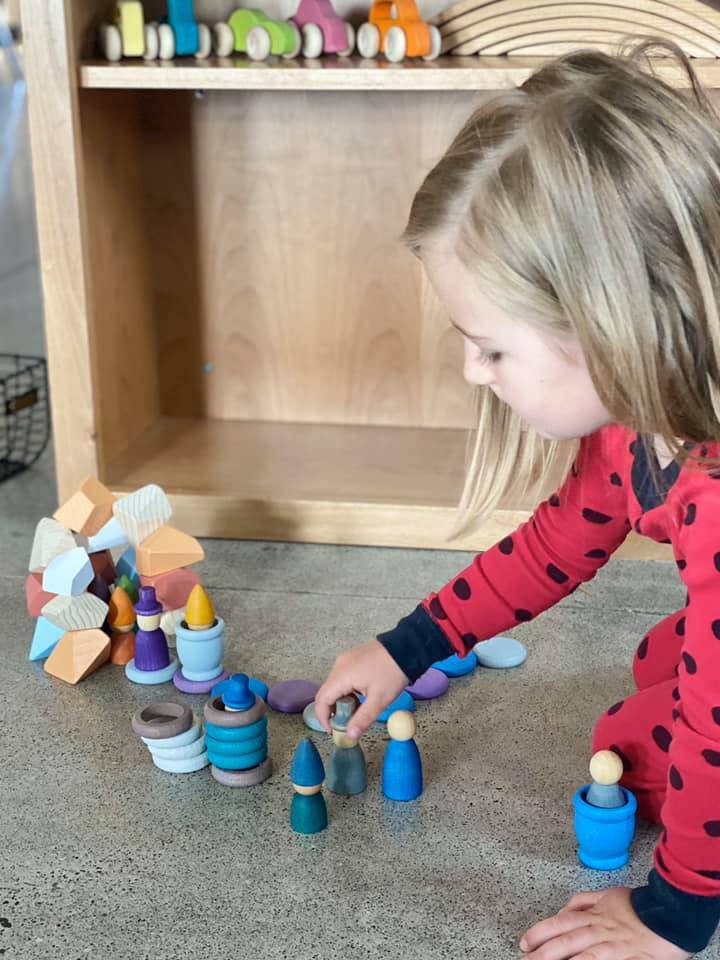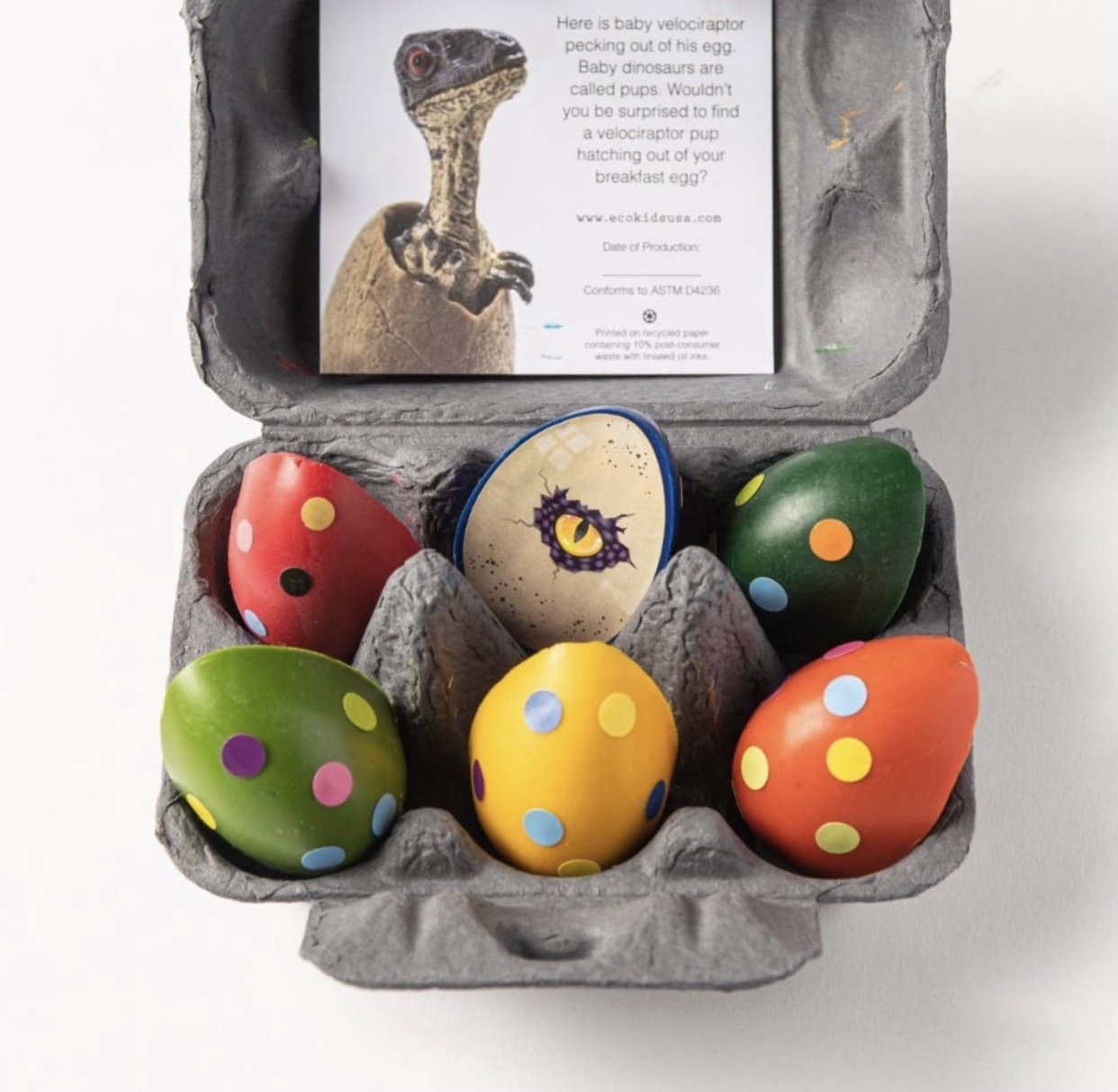Quality sleep isn’t only a luxury option. It is a cornerstone of health. By managing your light and sensorial environment and going for optimal comfort, you can rejuvenate yourself and enjoy better sleep.
Sleep is healing
Your body has an amazing, self-rejuvenating ability to repair itself while it sleeps. It has its own internal electrical system that functions with weak electrical impulses.
You can amplify your body’s natural tendency to rest, recuperate, and heal by making space to support it.
Use tools that help your body relax and release daily stresses and anxieties. Keep your space clear of environmental pollutants for an undisturbed sleep.
Quit the social jet lag
Most people live discordant day/night cycles that have them feeling perpetually jet lagged, and their hormones deranged.
Sleep is a powerful time to reset your cycles. By extension, your bedroom is the most important room for your to regain your optimal health.
You will wake up actually feeling refreshed and ready for your day.
Chances are you already have these tools on hand. Make them part of your daily routine to begin reaping the health benefits of better sleep.
Here are some ideas.
The power of water
Taking a bath at the end of the day is a classic relaxing habit. Many studies show the health benefits of this simple habit:
increasing blood circulation
joints and muscles relax
a moderated water pressure massages your whole body
lowering core body temperature which helps deepen sleep
This last benefit is an intriguing one. A warm bath helps “open” or dilate blood vessels, increasing circulation. This helps the body release extra heat energy, in effect lowering your body temperature.
Many cultures have bathing habits and rituals, usually before bedtime. Even if you don’t a bathtub, a good shower can provide similar effects.
Top tools and practices to harness the power of water for sleep:
Berkey Water filter — remove fluoride and contaminants
Natural Loofah Bath mitts
Bath salts—Epsom salts
2. Aromatherapy and Incense
Have you ever had memories triggered just by smelling particular smells? Called the “Proust effect”, it is perhaps the most primal of senses, smell holds surprising sway over cognition, emotion and even other senses.
When a smell is detected, the olfactory neurones passes information to the limbic system that comprises a set of structures within the brain that are regarded by scientists as playing a major role in controlling mood, memory, behaviour and emotion.
Aromatherapy can be a profound resource for revitalising your energy, soothing the spirit, and bringing harmony and tranquility to your body’s energy centers. using natural plant extracts for therapeutic healing promotes the total well-being of your mind, body, and spirit.
Top tools and practices to harness the power of aromatherapy for sleep:
Glass diffuser — Choose a location for your diffuser where it’ll be near you throughout the day.
Essential oils
3. Set up your bed space
This part is less of a habit, and more of a one-time investment. Bite the bullet to set up a truly Tox-free space that supports your circadian rhythms.
Toss any toys, pillows, cushions, and lounge furniture made with harmful materials, from flame retardants to hormone mimicking materials.
Opt for healthier materials — it is an inexpensive way to reduce exposures to toxic chemicals indoors, which is where we spend most of our time.
Keeping the bed minimal helps better sleep by simply removing the stress of having to straighten it all up in the morning (and during the night)!
It reduces dust mites, which are microscopic arachnids that feed on the dead skin cells we shed while we sleep.
It also reduces estrogenic dust, basically indoor dust that mimics sex hormones such as estrogen and testosterone in human cells!
Top tools and practices to set up the best sleep space:
Organic mattress and pillow protectors
Wet sponge mop
Blue blockers glasses
Blackout natural linen curtains
4. Wear natural sleepwear
Clothes are your second skin (the first is our own skin). Natural materials, such as linen and cotton, breathe and regulate temperature better, and are moisture-wicking.
Best sleepwear:
Linen pyjamas
slippers— filled with all-natural French lavender
5. Eliminate artificial EMFs
When it comes to invisible electromagnetic fields, you have to find and measure it, and then fix it.
If you cannot engage a professional Building Biologist, you can still reduce your exposure by eliminating possible sources.
In the typical sleeping area, electrical exposure from external sources (live electrical wiring in ceilings, walls and floors) is thousands of times stronger than the body’s own electrical system. Long-term exposure to these high level electric fields can impair the body’s ability to communicate within itself and impact health.
We spends about 1/3 of our life sleeping.
Night after night in such elevated levels of electricity, you may experience symptoms such as: headaches, hyperactivity, nightmares, depression, fatigue, eyestrain, and muscle cramps.
Ways to reduce artificial EMFs:
Battery-powered clocks, instead of electric clocks
EMF Kill Switch — Turn off bedroom-affecting circuits
Bed canopy — Eliminate, minimise, or shield from RF
Metal-free bed
EMF detector
6. Sleep on biological bed linen
Just like the bed clothes you sleep in, all natural, organic bed sheets help regulate temperature and balance your body’s electromagnetic field.
Avoid synthetics that contribute to estrogenic dust and electrical imbalances.
Weighted blankets work wonders for those who struggle with anxiety and restlessness. Some, like this, offer a 7-layer design and glass bead filling to provide body temperature control.
Natural and organic bedding:
Linen bedsheets made to order
7. Space to daydream
Ideally you have used the other tools to discharge the stresses of the day.
This habit is a little more personal than the others, as you can choose any item and area in your room that helps you enter a daydream state. This is a brainwave state where your brain naturally winds down from active beta waves to theta and, ideally, into delta.
Even if we had a fantastic day, our brain still likes to go over any possible hiccups—just in case. It’s doing exactly what it ought to, which is to look out on your behalf, relentlessly combing over every detail received during the day in an effort to prepare for the worst. You can never be truly refreshed in the morning if your mind is cycling negative thoughts and scenarios all night.
However, we want to turn off this dooms-prepping during the night. One effective way is to be proactive to impress upon the subconscious positive thoughts.
Top tools and practices to make space for the best dreams:
Gratitude Journal
Planner
Tuning fork
Sound bowl
Tatami mat with natural rush (no foam)
Metal-Free AirTubes










